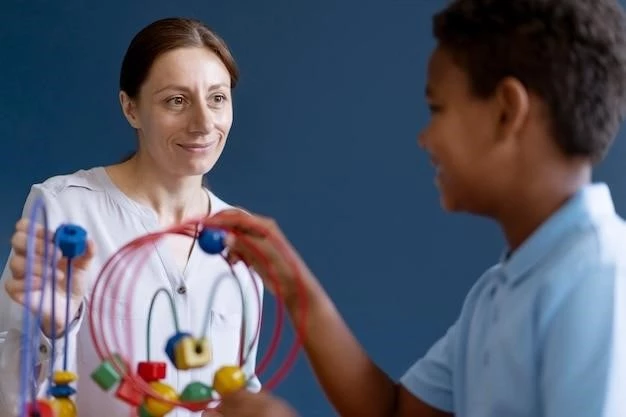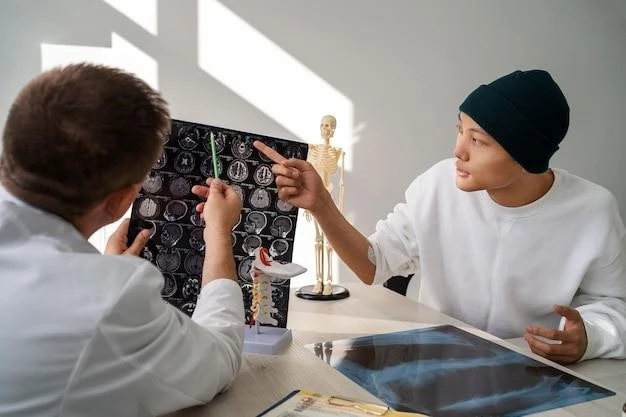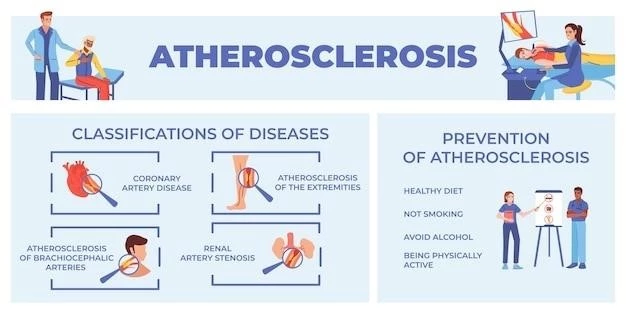Introduction
Familial paroxysmal dystonic choreoathetosis (PDC) is a rare neurological movement disorder characterized by spontaneous attacks of dystonia or choreoathetosis precipitated by various factors. Paroxysmal kinesigenic choreoathetosis (PKC) is another type of hyperkinetic movement disorder that presents with involuntary movements triggered by sudden voluntary movements. Paroxysmal dystonic choreoathetosis involves episodic uncontrolled movements and can have different underlying causes.
Overview of Paroxysmal Dystonic Choreoathetosis
Familial paroxysmal dystonic choreoathetosis is a rare neurological disorder characterized by sudden episodes of uncontrollable movements, usually triggered by stress or specific substances. Individuals with this condition experience episodic dystonia or choreoathetosis, affecting various body parts, with differing frequencies and durations. Understanding the specific characteristics and triggers of these paroxysms is crucial for diagnosis and management strategies.
Clinical Manifestations
Paroxysmal dystonic choreoathetosis presents as sudden, uncontrollable movements, such as dystonia or choreoathetosis, often triggered by stress or specific substances. Episodes can vary in frequency, duration, and affected body parts, necessitating accurate diagnosis and tailored management strategies.
Characteristics of Paroxysmal Dystonic Choreoathetosis
Paroxysmal dystonic choreoathetosis (PDC) is a familial movement disorder characterized by sudden episodes of dystonia or choreoathetosis, often triggered by stress, caffeine, or alcohol consumption. These attacks can involve various combinations of involuntary movements, with differing durations and frequencies. Understanding the distinctive features of PDC is essential for accurate diagnosis and effective management.
Types of Paroxysmal Dyskinesias
Paroxysmal dystonic choreoathetosis is a rare familial movement disorder characterized by sudden episodes of involuntary movements triggered by stress or specific substances. Another type is paroxysmal kinesigenic choreoathetosis, a hyperkinetic movement disorder with attacks triggered by sudden voluntary movements. Understanding these different types helps in accurate diagnosis and management.
Paroxysmal Kinesigenic Choreoathetosis (PKC)
Paroxysmal kinesigenic choreoathetosis (PKC) is a hyperkinetic movement disorder characterized by recurring episodes of involuntary movements, typically triggered by sudden voluntary movements. The attacks can vary in intensity and frequency, often peaking during puberty and subsiding in adulthood. Understanding the distinct features of PKC is crucial for accurate diagnosis and tailored treatment interventions.
Familial Paroxysmal Non-Kinesiogenic Dyskinesia (PNKD)
Familial paroxysmal non-kinesiogenic dyskinesia (PNKD) is a rare movement disorder characterized by unilateral or bilateral involuntary movements, precipitated by various factors such as caffeine, stress, or excitement. These manifestations often involve dystonic posturing combined with choreic and ballistic movements, occasionally with a preceding aura. Understanding the distinct features of PNKD is crucial for accurate diagnosis and tailored management approaches.

Classification and Diagnosis
Paroxysmal dystonic choreoathetosis (PDC) is classified as a rare familial movement disorder triggered by stress, caffeine, or alcohol, characterized by sudden episodes of uncontrollable choreoathetosis or dystonia. The classification includes different types of paroxysmal choreoathetosis based on specific triggers and manifestations, requiring detailed diagnostic evaluation for accurate identification and effective management.
Descriptive Classification Scheme
Paroxysmal dystonic choreoathetosis (PDC) encompasses a complex spectrum of movement disorders with episodes triggered by various factors; The classification system developed by Demirkiran and Jankovic in 1995 focuses on the precipitating event as a key predictor of the disorder’s clinical course. This scheme aids in distinguishing between different forms of paroxysmal choreoathetosis and guides targeted treatment strategies based on unique triggers and manifestations.
Epidemiology
Paroxysmal dystonic choreoathetosis (PDC) is a rare familial movement disorder characterized by episodes of uncontrollable movements triggered by stress, caffeine, or alcohol. The disorder showcases varying manifestations, affecting individuals differently. Understanding the prevalence and incidence of PDC is crucial for developing appropriate diagnostic and management approaches.
Prevalence and Incidence of Paroxysmal Dystonic Choreoathetosis
Paroxysmal dystonic choreoathetosis (PDC) is a rare familial movement disorder triggered by various factors like stress or caffeine. Understanding the prevalence and incidence of PDC is crucial for tailored management strategies.
Causes and Triggers
Paroxysmal dystonic choreoathetosis is triggered by various factors like stress, caffeine, or alcohol, leading to sudden uncontrollable movements like choreoathetosis. Understanding these causes and triggers is crucial for effective management strategies.
Precipitating Factors of Paroxysmal Dystonic Choreoathetosis
Paroxysmal dystonic choreoathetosis is triggered by stress, caffeine, or alcohol, leading to sudden uncontrollable episodes of choreoathetosis or dystonia. Identifying these precipitating factors is essential for tailored management strategies.

Genetic Factors
Paroxysmal dystonic choreoathetosis has been linked to chromosome 2q in a large family, indicating a genetic component to the disorder. Understanding the genetic factors involved is essential for further research and potential targeted treatments.
Paroxysmal Dystonic Choreoathetosis has been associated with chromosome 2q in some cases, showcasing a genetic basis for the disorder. This link provides insights into the genetic factors contributing to the development of this condition, emphasizing the importance of genetic understanding in further investigations and potential therapies.
Treatment and Management
Managing paroxysmal dystonic choreoathetosis involves strategies to address triggers like stress, caffeine, or alcohol and may include medications or therapies to control involuntary movements. Tailored approaches are essential for effective management.
Link to Chromosome 2q in Paroxysmal Dystonic Choreoathetosis
Paroxysmal Dystonic Choreoathetosis (PDC) has been associated with a genetic link to chromosome 2q in certain cases, emphasizing a genetic basis for the disorder. This connection highlights the significance of genetic factors in understanding and potentially treating this condition.
Prognosis and Complications
Paroxysmal dystonic choreoathetosis can lead to recurrent episodes of involuntary movements, impacting the quality of life. Understanding the prognosis and potential complications associated with the disorder is crucial for developing effective treatment plans and improving outcomes.
Outcomes Associated with Paroxysmal Dystonic Choreoathetosis
Paroxysmal dystonic choreoathetosis can lead to various outcomes, impacting the individual’s quality of life. Understanding these outcomes and potential complications associated with the disorder is essential for developing effective treatment plans and improving overall well-being.
Research and Future Directions
Studies on paroxysmal dystonic choreoathetosis aim to uncover genetic links and develop targeted therapies, paving the way for enhanced understanding and more effective management strategies.
Ongoing Studies and Potential Therapeutic Advancements
Current research on paroxysmal dystonic choreoathetosis focuses on genetic factors and developing targeted therapies for more effective management. Ongoing studies aim to unravel the underlying mechanisms of the disorder and pave the way for potential therapeutic advancements to improve patient outcomes.
